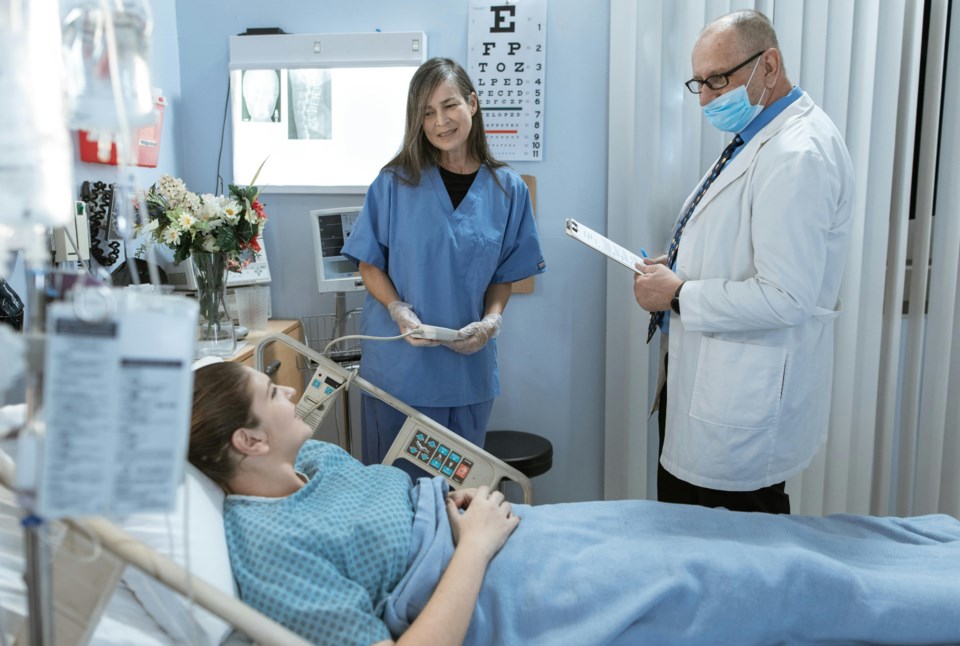A new article in the Canadian Medical Association Journal (CMAJ) is advocating for more Indigenous students to be enrolled in Canada's medical schools.
The commentary was published in this week's online edition of the CMAJ under the headline "Ensuring incoming cohorts of medical students better represent the diversity of Canada’s Indigenous communities.”
The article was written by Nicholas Brisebois and Nicole Cardinal representing the Faculty of Medicine, University of Alberta in Edmonton; Postgraduate Medical Education & Indigenous Health Initiatives Program (Cardinal), University of Alberta. As part of their research, they used data from NOSM University, formerly the Northern Ontario School of Medicine.
The authors wrote that Indigenous students from reserves, rural and Northern communities continue to be under-represented in Canadian medical schools, which likely contributes substantially to ongoing health inequities in these communities.
The authors said there are several factors that contribute to this situation.
"A combination of socioeconomic disadvantage, geographic barriers to pursuing prerequisite post-secondary education, and limited opportunities to gain early exposure to careers in health care likely contributes to this problem," said the article.
It said under-resourced high schools in remote areas, along with a lack of career guidance, were "substantial barriers" for students pursuing a career in medicine.
Consequently, some people from Indigenous groups are far less likely to get into medical school as a result of the cumulative effect of these barriers, the authors said.
“This rationale is substantiated by a 10-year study conducted at the Northern Ontario School of Medicine, which showed that Indigenous applicants from a rural background were 50 per cent less likely to be offered an interview, and 30 per cent less likely to be offered admission than their urban counterparts,” said the article.
The authors reported that Indigenous educators have advocated that a specific minimum number of Indigenous medical school applications be approved with spaces set aside for First Nations, Métis, and Inuit candidates in each admissions cycle. So far this recommendation has not been fulfilled, said the authors.
"A primary determinant that disqualifies most Indigenous students from medical education is the application prerequisite of previous undergraduate education," the authors wrote.
According to 2021 Canadian Census data, 12.9 per cent of Indigenous people have a bachelor’s degree or higher, compared with 32.9 per cent of the Canadian population. This barrier disproportionately affects Indigenous students from First Nations and Inuit backgrounds, those who live on reserve, and those from rural and Northern areas.
Only 6.2 per cent of Inuit people and 6.1 per cent of First Nations people living on reserve complete a bachelor’s-level education, compared with 15.8 per cent of Métis and 13.3 per cent of First Nations people living off reserve.
The authors said while these numbers have resulted in an increase in the admissions of Métis students, it has been less so for First Nations and Inuit admissions.
The authors offered several suggestions on how to improve the chances.
"Researchers have argued that upstream interventions — pipeline programs, community outreach, and mentorship — have a greater impact on class diversity than downstream interventions that target the application phase of the journey to medical school."
At NOSM University, which has campuses in Sudbury and Thunder Bay, a minimum of six spaces are set aside for students applying through the Indigenous admissions stream.
There are also scholarship opportunities available, said the NOSM website.
The full text of the CMAJ article can be found online here.
